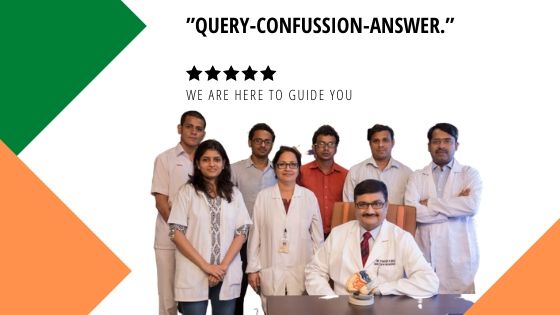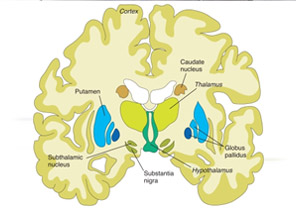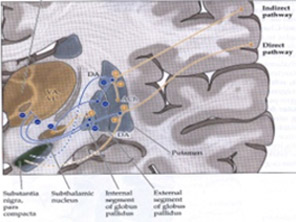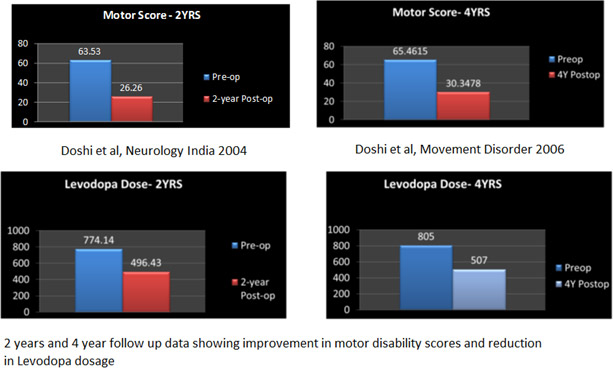Most of the symptoms of Parkinson’s disease can be effectively controlled by Medical treatment. With proper medical management & on regular medications, most patients carry out their daily activities up to 5 to 10 year.
But after certain period, a stage is reached when drugs alone didn’t give adequate relief from symptoms and patient’s routine daily activity is interfered by repeated and sudden “off” periods.
After taking medications, instead of regular “on” phase, some patients develop flowing& dancing body movements -called dyskinesia.
This frequent alternate “Off” periods and “on” phase dyskinesia are features of advanced Parkinson’s disease where drugs are less effective and surgical options have an important role to play.





